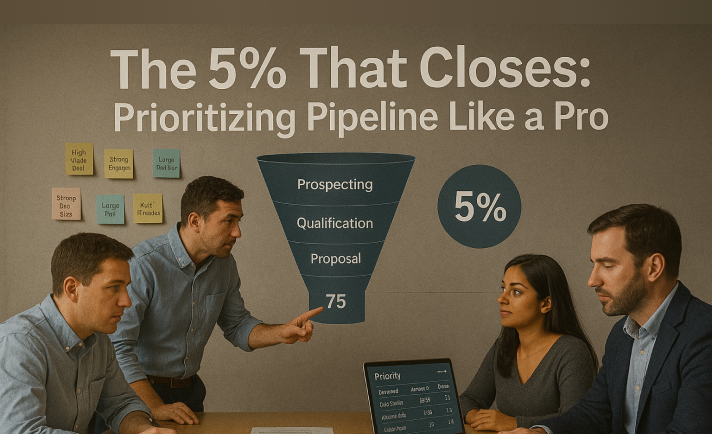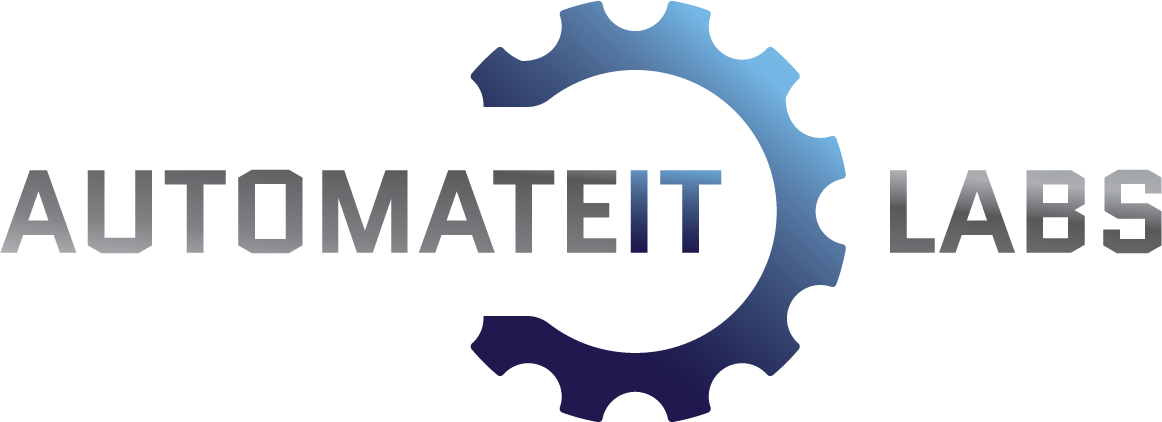Introduction
Every successful B2B growth strategy starts with a simple question: Who are we really selling to?
It sounds obvious, but most companies get this wrong. They chase “everyone who might buy” instead of focusing on the people who are most likely to buy, buy quickly, and stick around. The difference between a scattershot approach and a precise Ideal Customer Profile (ICP) is the difference between wasted time and predictable revenue.
At AutomateItLabs, we’ve seen it firsthand: businesses that nail their ICP grow faster, spend less on acquisition, and build more resilient pipelines. Those who don’t drown in unqualified leads, frustrated sales teams, and bloated ad spend.
So how do you actually build the perfect ICP, one that blends data with intuition, and art with science? Let’s break it down.
Why the ICP Matters More Than Ever
In today’s B2B environment, efficiency is king. Budgets are under scrutiny, and leadership teams are demanding ROI on every dollar. That means you can’t afford to burn resources chasing leads that don’t fit.
A well-defined ICP does three things:
- Sharpens your outreach, so every email, LinkedIn message, or ad resonates with the right people.
- Streamlines your sales process, because your farmers closers are speaking to prospects already primed to say yes.
- Aligns marketing and sales, ensuring that both teams chase the same type of opportunities, not different ones.
Think of your ICP as the blueprint for your entire growth engine. Without it, everything else runs less efficiently.
The Science: Data-Driven ICP Building
Let’s start with the hard numbers. Building an ICP isn’t guesswork. It’s done by analyzing data across your current customer base and market.
Here are the key data points you should analyze:
- Firmographics: Company size, revenue, industry, location.
- Role & Function: Titles and departments of decision-makers (CEO, VP of Sales, Director of M&A, etc.).
- Deal Size & Lifetime Value: Who brings the highest revenue and renews consistently?
- Sales Cycle Length: Which types of customers close faster?
- Acquisition Cost: Where are you overspending relative to returns?
When you map this data, patterns start to emerge. Maybe your “sweet spot” isn’t just “startups,” but specifically B2B SaaS startups in the $5–20M revenue range with founders still directly involved in sales. That level of clarity completely changes how you target and speak to prospects.
The Art: Reading Between the Lines
Of course, the perfect ICP isn’t just a spreadsheet exercise. It also requires intuition: the art of understanding the why behind the numbers.
Ask yourself:
- Which customers are genuinely enjoyable to work with?
- Who do your salespeople close more confidently?
- What type of client culture aligns with your service delivery?
- Are there industries where word-of-mouth spreads faster?
For example, at AutomateItLabs we’ve seen that while two clients might both spend $10K a month, one will drain your team with constant back-and-forth while the other treats you like a partner. Both “fit” on paper, but only one fits in practice. That nuance matters.
This is where the art meets the science. Data gives you the skeleton of your ICP, but human judgment fills in the flesh.
Bringing the Two Together
To build a truly effective ICP, combine both sides:
- Start with data to establish the baseline (industry, size, decision-makers).
- Layer on qualitative insights from your sales team, customer success, and even leadership.
- Test and refine by running outreach campaigns and tracking conversion rates across segments.
Think of it as a living document, not a one-time project. Your ICP should evolve as markets shift and your business grows.
Common Mistakes to Avoid
Even smart companies make costly errors when building their ICP:
- Going too broad: “SMBs in the U.S.” isn’t an ICP, it’s a market.
- Confusing TAM with ICP: Your total addressable market is everyone you could sell to. Your ICP is who you should sell to.
- Over-focusing on demographics: Knowing job title and company size is useful, but knowing pain points and motivations is better.
- Never revisiting it: An ICP built three years ago may not reflect today’s realities.
A Practical Example
Imagine a private equity firm using AutomateItLabs to expand deal flow.
- Too broad ICP: “Any business owner considering a sale.”
- Refined ICP: “Owners of professional services firms with $3–10M revenue, 15+ years in operation, located in the U.S. Midwest, looking for succession options within 12–24 months.”
The second ICP is precise. Outreach campaigns can be tailored to succession planning, regional advantages, and firm size. The result is more booked calls and a higher close rate.
The Payoff of a Perfect ICP
When you invest the time to build and refine your ICP, the returns are exponential:
- Sales teams stop chasing dead ends.
- Marketing budgets stretch further.
- Outreach feels personalized, not generic.
- Pipelines grow consistently instead of sporadically.
Most importantly: you create a repeatable system. Once you know who your ideal customers are, you can scale without reinventing the wheel.
Conclusion: Precision Is Power
In B2B growth, precision always beats volume. The perfect ICP is what allows you to automate the hunt, empower your closers, and scale without wasted effort.
It’s part science, part art, but when done right, it becomes the backbone of a predictable revenue engine.
At AutomateItLabs, this is exactly what we help our clients achieve: sharper targeting, cleaner pipelines, and faster deal flow. If you’re ready to stop guessing who your ideal customers are and start building with precision, we’re here to help.



.svg)


